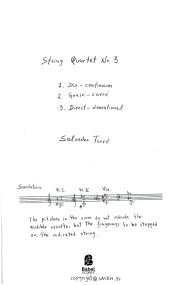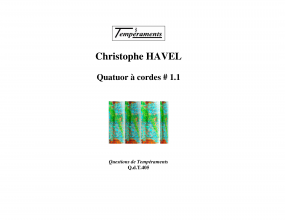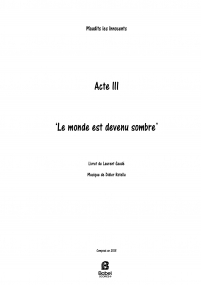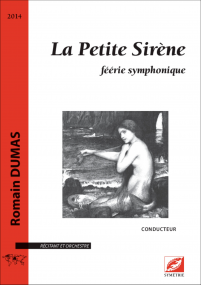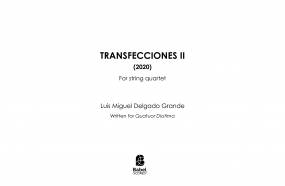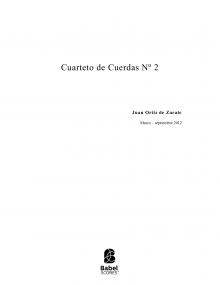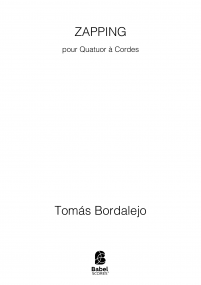Forklaret Nat
ISMN : 979-0-2325-6347-3
- Login to create your own lists
This work was commissioned for and is dedicated to the Arditti Quartet, with support from the Hepner Foundation and the Darmstädter Ferienkurse. It was premièred by the Arditti Quartet in 2012.
I decided therefore to compose this piece as an 'interpretation' of Arnold Schoenberg's Verklärte Nacht. Forklaret Nat is complementary to the first piece I had written for the Arditti Quartet, De profundis clamavi (hommage à Alban Berg), based on the Lyrische Suite.
As I began work on Forklaret Nat, I came to use the programmatic aspects of Verklärte Nacht to engage with qualities of sensuality and transcendence, and disentangle their respective associations with corporality and disembodiment in the original work by superimposing material from different sections of that work, as they are defined programmatically by the form of Richard Dehmel’s eponymous poem; this became the primary subject and technique of the composition.
The title is a homophonic translation of Verklärte Nacht into Danish, and translates as 'Night Explained'. This 'mistranslation' by sound rather than meaning is a reflection of the dialectical oppositions which are destabilized by the juxtapositions described above.
To compose the maquette for Forklaret Nat, I found recordings of Schoenberg's Verklärte Nacht, in the original sextet, string orchestra, and piano trio versions. I also used the online 'preview' of certain recordings to choose the excerpts of the work which were considered, for whatever reason, to be the most emblematic of each movement; in the new composition, these excerpts act at times as windows into the original work. In order to juxtapose the opposing materials of the different sections of the work as they are programmatically defined (see above), I decided to cut Verklärte Nacht roughly in half (just before the opening D major chord of the fourth movement, Sehr breit und Langsam), reverse the entire second half of the piece, and brutally superimpose the reversed second-half onto the first half, so that the materials would be constantly forced to confront one another. The new composition thus begins with both the beginning and the ending of Verklärte Nacht, and ends with the transition between the third and fourth movements, the turning point of the work: the moment of transfiguration, simultaneous with its former state.
Pages - 40






